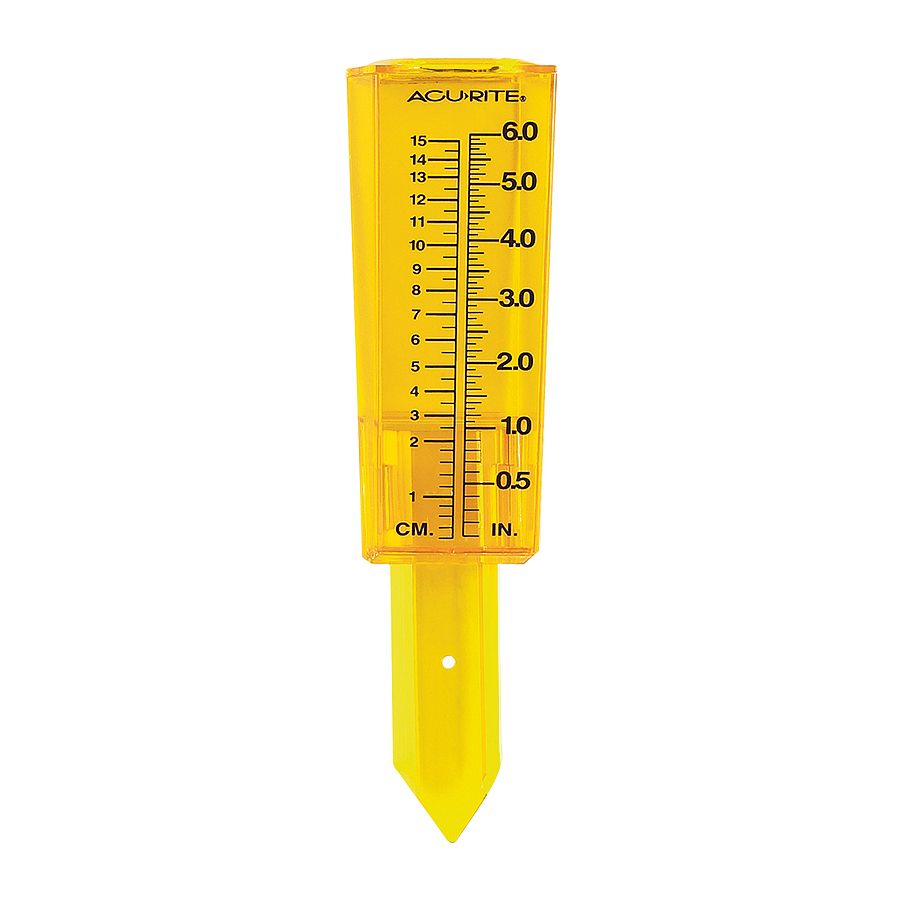Understanding The Rain Gauge: Value, Types, and Use Explained
Understanding The Rain Gauge: Value, Types, and Use Explained
Blog Article
Do It Yourself Rain Gauge: Easy Actions to Make Your Own
Are you curious about tracking rains in your area? Producing your own do it yourself rainfall gauge is a simple and reliable method to gauge and record rainfall. With just a couple of typical materials and some basic steps, you can easily create your own rain gauge in the house. In this overview, we will provide you with a step-by-step process to help you develop your very own rainfall scale. No requirement for any type of specialized knowledge or equipment - this job can be finished by any person. By complying with these easy directions, you will have a trustworthy tool to measure rains and add to your understanding of the regional weather condition patterns. So, allow's begin on making your DIY rainfall scale today!
Gather Products
To begin building your DIY rain gauge, gather all the needed products using an extensive list of items. Having the appropriate materials on hand will make sure the successful creation of your rainfall gauge and permit for precise measurements of rainfall. Collecting these products ahead of time will enhance the building and construction process and ensure that you have everything you require to create your very own Do it yourself rainfall gauge.
Prepare the Container

Mark the Measurement Increments
To accurately measure the amount of rainfall, precisely noting the dimension increments on your do it yourself rain gauge is crucial. Without clear and accurate markings, it would be hard to determine the precise quantity of rains accumulated in your rain scale. Below are the actions to note the dimension increments on your rainfall gauge.
The most usual units for measuring rainfall are millimeters and inches. When you have chosen the unit, make use of an irreversible marker or water resistant paint to mark the increments on the side of your rain scale.
When noting the increments, it is important to ensure that they are uniformly spaced and plainly noticeable. Use a leader or determining tape to ensure accuracy and consistency. Additionally, make certain that the markings are resistant to fading or abrading, Extra resources as direct exposure to the aspects might trigger them to deteriorate gradually.
Place the Rain Gauge Outdoors
The rainfall scale click now should be placed outdoors to properly collect rainfall data. The place picked for the rain scale must be complimentary and open from any type of blockages that can potentially affect the dimension of rains. The Rain Gauge.
Furthermore, it is critical to position the rain scale on a secure surface area, such as a degree ground or a durable post. This will certainly prevent any motion or tilting of the gauge, which can result in imprecise dimensions. It is also recommended to stay clear of putting the scale near any type of sources of man-made water, such as sprinklers or water drainage systems, as this could hinder the precision of the measurements.
Screen and Record Rain Data
Normal surveillance and recording of rains data is vital for exact data evaluation and analysis. By keeping an eye on rainfall dimensions, you can get beneficial understandings right into weather condition patterns, environment patterns, and water resource monitoring. To efficiently keep track of and record rains information, it is essential to develop a regular and preserve consistent practices.
To start with, guarantee that your rainfall gauge is positioned in an open area away from obstacles such as trees or buildings that may block rains. In addition, make sure the rain scale is degree and securely anchored to stop any kind of movement that might impact the precision of the dimensions.

When recording the rains information, it is very important to note the date and time of each measurement. Utilize a leader or a measuring stick to determine the rainfall depth in the rainfall gauge, and document this details accurately.
To make certain the accuracy of the dimensions, it is suggested to empty the rainfall scale after each recording. This will certainly protect against any kind of overflow or dissipation from influencing subsequent dimensions.
Conclusion
To conclude, creating a DIY rain gauge is a easy and functional means to keep track of and record rains information (The Rain Gauge). By adhering to the actions detailed in this write-up, you can easily gather materials, prepare the container, mark the dimension increments, and position the rain scale outdoors. On a regular basis keeping an eye on and taping rainfall information can provide beneficial information for various objectives
Having the appropriate products on Visit Your URL hand will certainly ensure the effective production of your rain gauge and permit for precise dimensions of rainfall.To properly measure the amount of rainfall, precisely marking the measurement increments on your DIY rainfall scale is vital.The rain gauge need to be placed outdoors to properly gather rainfall data. The place picked for the rainfall scale should be free and open from any type of obstructions that can possibly influence the dimension of rainfall.In conclusion, creating a DIY rainfall gauge is a functional and simple method to keep an eye on and record rainfall information.
Report this page